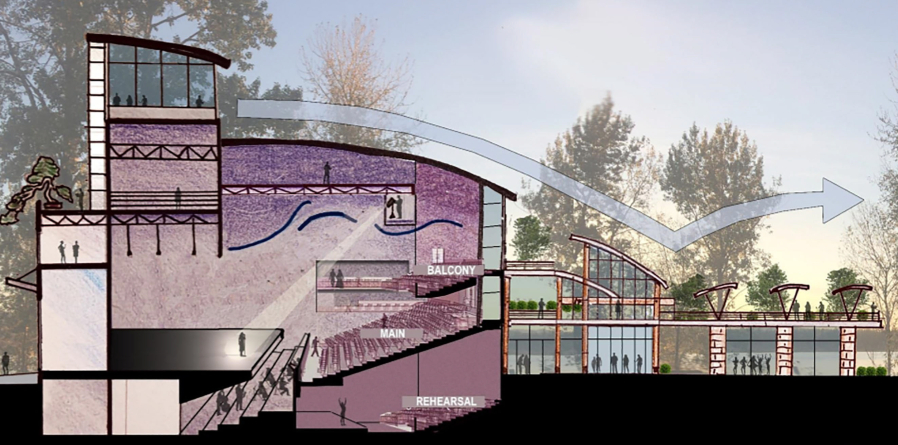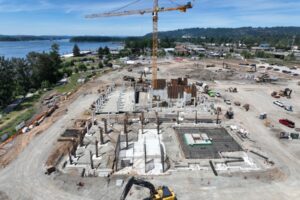A group hoping to build a performing arts and cultural center at the Washougal waterfront say they remain optimistic their vision will someday become a reality.
But Port of Camas-Washougal officials continue to question the financial viability of the project.





